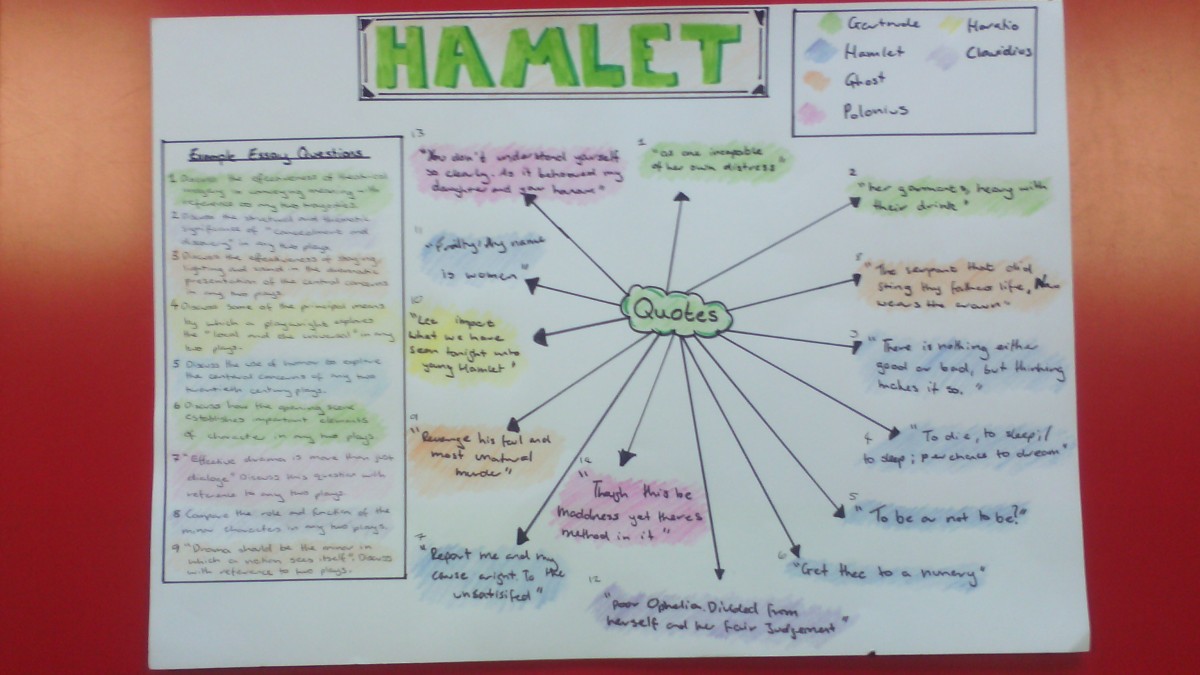Robert Louis Stevenson’s Dr Jekyll and Mr Hyde is a novel with an interesting narrative style. The novel is a detective thriller told in a third person narrative over three ‘Acts’ from the viewpoint of Mr Utterson as he tries to unravel the strange connection between Dr Jekyll and Mr Hyde. The first two ‘Acts’ establish the problem of Mr Hyde’s identity and then show us the struggle to identify him. The final act reveals that Jekyll and Hyde are the same person is only revealed in the last two chapters which shift into first person letters – one a confession from Dr Lanyon, the other a confession from Dr Jekyll. We can take a look at how the narrative style is important to the plot for setting up a mystery and building tension.
First of all, we have described this as a piece of detective fiction and we can identify our viewpoint character, Mr Utterson as our detective. The opening of the novel focuses heavily on establishing Utterson as a trustworthy character. We need to trust our ‘detective’ if we are to read the book. Utterson has flaws, he has a ‘rugged countenance’ and seems stand-offish meaning he appears unapproachable and unsociable. However, we are also told “yet [he was] somehow loveable”. The word choice here of loveable suggests that many have found something to like in Mr Utterson, and he has proved himself a trust-worthy and loyal friend. In his opening paragraphs Stevenson uses his narrative style to clearly mark Utterson out as a dependable and human character and he is to become our lens on the story that is about to unfold. We will know nothing unless Utterson knows it also. The narration at the start of Chapter One ensures we trust Utterson completely.
The opening ‘Act’ is completed when the connection between Dr Jekyll and Hyde is marked. Mr Utterson returns to his study and pulls out Dr Jekyll’s will which informs Utterson to “quote from the will”. Utterson has always been curious about this instruction as he does not know who Hyde is and can only assume that it is someone blackmailing Dr Jekyll. Everything he has heard from Enfield about the ‘brute’ has only confirmed in his mind that there is some dire connection between the two men. The first Chapter is specially set up so that a mystery is established for Utterson (and us) to solve.
Stevenson then horrifies his audience and deepens the mystery when Hyde kills Sir Carew. There is no reason for Hyde to murder Carew, he was simply aggravated by the kind old man speaking to him in the street yet ‘with ape-like fury’ he ‘audibly shatters’ the man’s bones. Hyde appears exceptionally cruel here, the simile shows us how primal and animalistic his actions are, he acts like an ape without thought, the sound of the bones breaking places us in the scene and we feel sick at the thought of the noise. Furthermore though we struggle to work out why Hyde acts the way he does, what could drive a man to behave in such a way? What has happened in his past that would make him act like that? This spurs the narrative on as Stevenson has set up an actual murder case to be solved, we have our murderer but we are no closer to knowing why he did it or his connection to Jekyll but it seems more vital to find out now as Hyde has actually killed someone.
The tension begins to really build near the middle of the book through the narrative. In attempting to discover the connection between Hyde and Jekyll, Utterson discovers that they have the same handwriting or rather Jekyll has “forge[d] for a murderer!” Utterson cries out these words as though in pain, he cannot believe his friend is so involved with such a terrible man. We can also infer from the shock that runs through his statement that he desperately wants to find out the real connection between Jekyll and Hyde. What could possibly make such an established and reputable gentleman protect such a brutal and evil man? At this point in the novel, around ‘Act Two’, we feel impossibly far away from the truth. We are desperate, just like Utterson, to find out the truth about Mr Hyde and Dr Jekyll and the tension is at fever point.
In the final few chapters all is finally revealed and the tension is released. The narrative itself changes quickly in the last three chapters. Through Utterson we are told that Jekyll is in his room only to discover a dead Mr Hyde behind the locked door. The narrative then jumps to Dr Lanyon in the form of his last letter. He tells us he sees Mr Hyde transform, but won’t tell us into who, as he is to upset by it. Finally, in Dr Jekyll’s confessional letter we finally discover what we suspected all along – Jekyll is Hyde. He tells us that he “I bring the life of that unhappy Henry Jekyll to an end”. In killing himself he rids the world of the evil Hyde and gets a sort of justice for all Hyde’s deeds. He also explains why he created Hyde – as an alter-ego to himself so he could do what he wanted outside the scrutiny of judgemental high society. We as the reader are finally satisfied as we get the confirmation we wanted over Hyde and Jekyll’s connection.
In summary, Stevenson has taken care over his narrative style in Dr Jekyll and Mr Hyde to create a text which mystifies and thrills the reader. He creates a viewpoint character who we trust and follow, he creates a villainous character whose awful acts horrify us, he presents us with problems we can’t solve and then finally reveals all from the mouth of the villain himself. A truly interesting and captivating narrative style.




